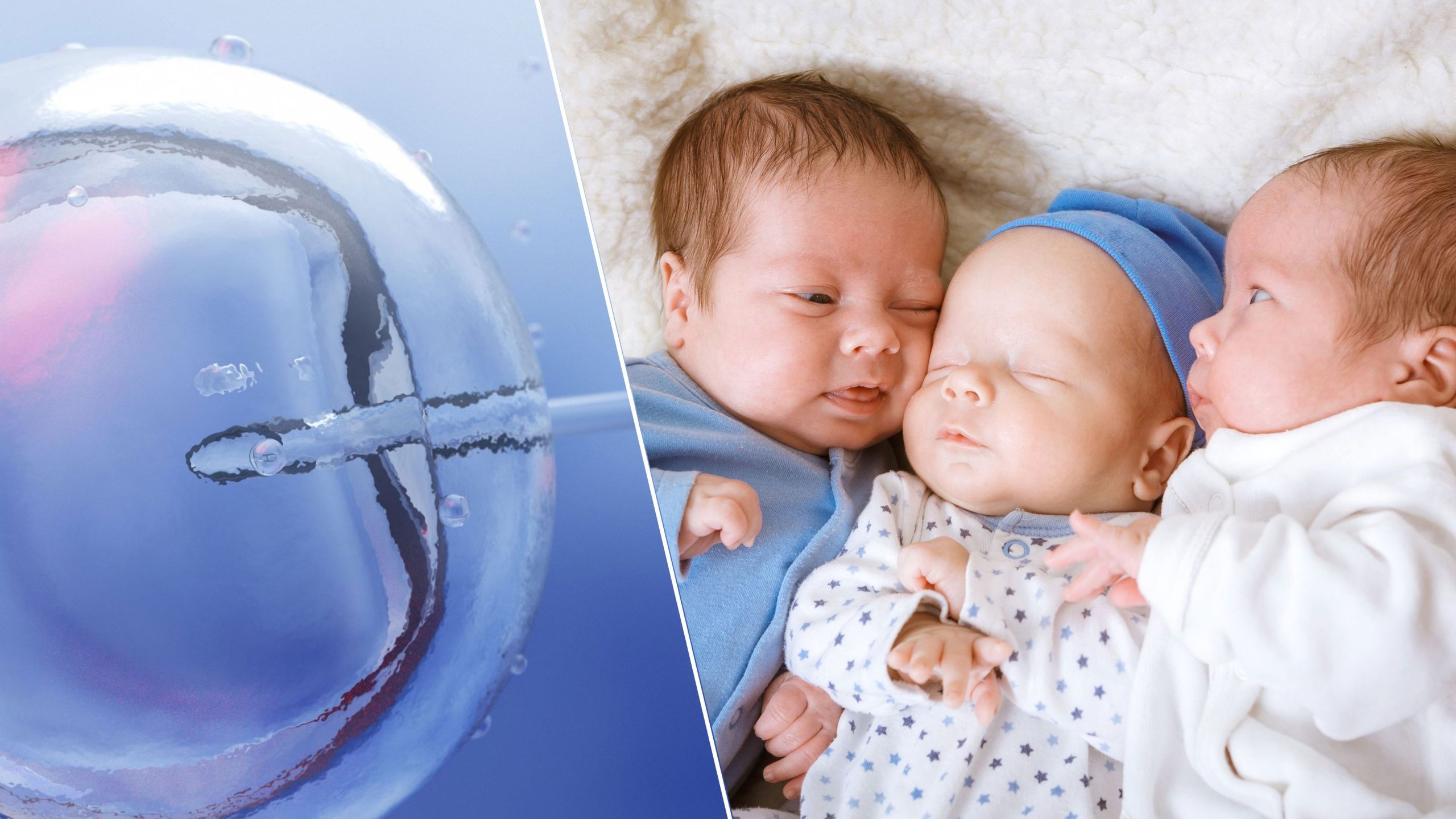
Australia’s IVF birth rate for twins and triplets has hit an all-time low in news that has fertility experts rejoicing.
A report released by UNSW medical researchers found a record low percentage of mothers are having multiple births after falling pregnant from IVF – down to just 2.7 per cent.
It’s the lowest in Australia’s 45-year history of IVF and it’s a positive result for Aussies needing IVF to conceive, Professor Georgina Chambers told 9News.
READ MORE: Australia’s population surpasses 27 million
Chambers shared the news after the 2022 Australian and NZ Assisted Reproduction Report – which has the most recent statistics – said the main reason was the increased use of single embryo transfers for soon-to-be parents.
“This is a good thing,” Chambers, Director of the National Perinatal Epidemiology and Statistics Unit (NPESU) told 9News.
“Because there are significant increased risks, for both mothers and babies, from twin and triplet pregnancies.”
Chambers said multiple births meant the babies were more likely to be born too early and there were long-term health risks both for the baby and the mother.
She said researchers and clinicians in the IVF industry had worked hard for years to bring the rate of twin and triplet births down.
“Since the first IVF baby in Australia was born over 40 years ago, we used to routinely see multiple birth rates over 20 per cent, and we’ve brought that rate right down to 2.7,” Chambers explained.
READ MORE: Australia’s 3G network is shutting down. This is what you need to know
READ MORE: How Australia’s new ‘right to disconnect’ rules apply to you
“We used to put in multiple embryos in the hope of achieving a pregnancy, but of course that increased the risk of having a twin or triplet (pregnancy).
“Through the concerted effort by clinicians and patients and the IVF industry, [we] only transfer one embryo in each cycle, and we now do that in about 95 per cent of cycles.”
Chambers said this new approach had not impacted the success of IVF in Australia, instead the industry had seen an increase year-on-year across all age groups.
“We’ve been able to achieve these really low multiple birth rates at the same time as increasing the success rates from IVF,” Chambers added.
Though some couples may want multiple embryo transfers to increase the likelihood of falling pregnant, Chambers said most couples understoocd the health risks.
Having twins can be a nice surprise for couples, however it’s not something the IVF industry necessarily wants for those undergoing fertility treatment.
“Sometimes patients are quite keen to have twins,” Chambers said.
“For many, it seems quite nice to have twins, but when the health risks are explained to couples undergoing IVF, as you can see from the statistics, they will opt for a single embryo transfer.”
She said the IVF multiple birth rate may never match the rate for natural births, but it’s great news for Australians experiencing infertility.
Chambers also praised Australia’s world-leading IVF industry, which generally costs about $5800 out of pocket per cycle.
EXPLAINED: The difference between brand-name medicines and their more affordable generic counterparts
Meanwhile, places like the US can cost parents up to $20,000 USD (approx. $29,450 AUD).
“It can take a long time to save up $20,000… if you’re desperate to have a child, there’s a great incentive to say, ‘please just get me pregnant any way you can, because this is the only cycle I’m going to be able to afford’,” she said.
“In Australia, we do have a more supportive funding environment and the pressure isn’t on the clinician and the woman to put in multiple embryos in the first cycle.”
links to content on ABC
9News





